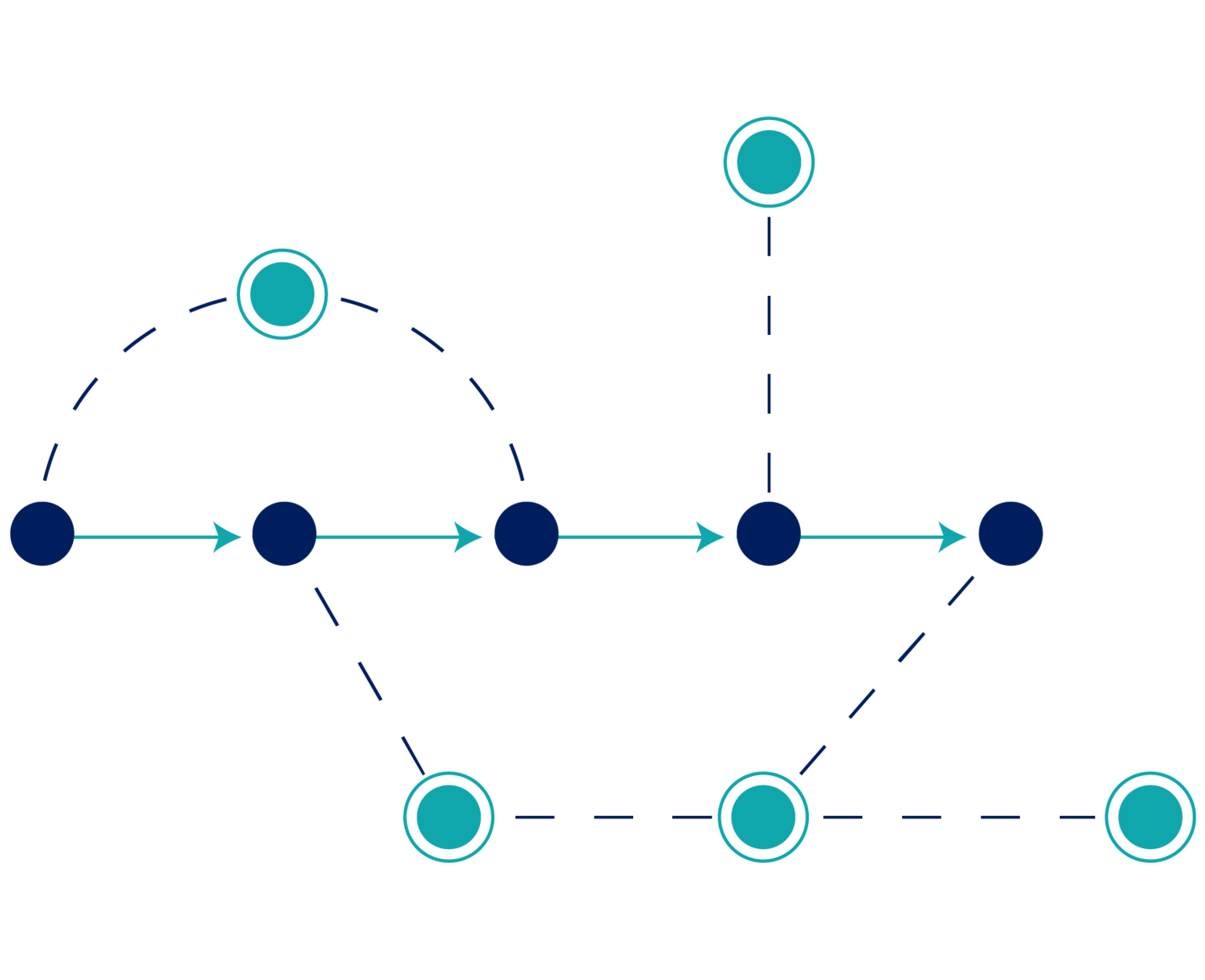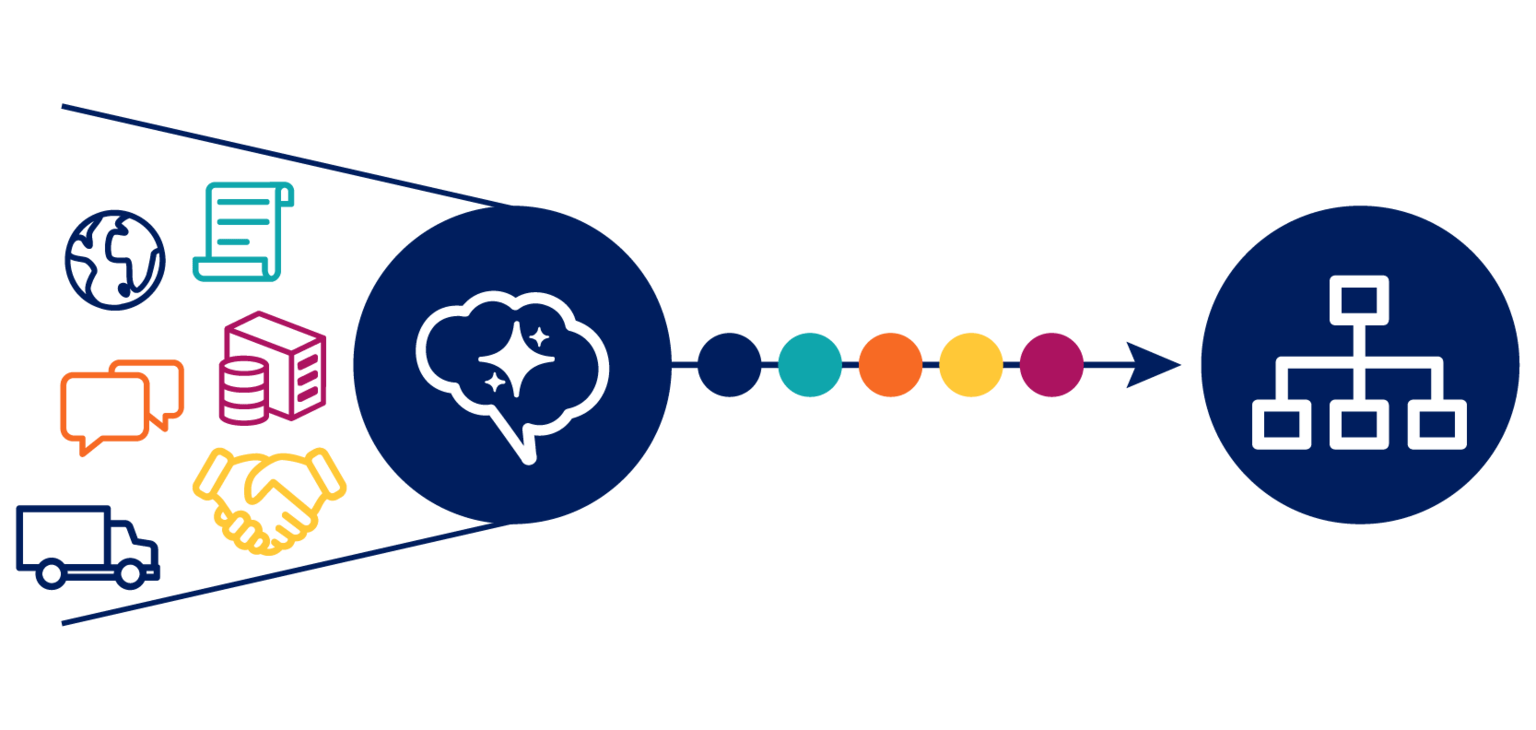
Process mining

What is process mining?
Process mining is a discipline that bridges data mining and process management, allowing organizations to visualize and analyze their processes based on factual data from the execution of a process – all to drive continuous optimization.
As part of a continuous optimization strategy, process mining enables organizations to:
- Understand their processes
- Identify and fix process inefficiencies
- Monitor and optimize processes on an ongoing basis
Why use process mining?
Process mining gives you insight into your business processes so you can make data-driven decisions about how to improve and optimize workflows.
Other common approaches to process discovery and visualization – such as interviews and observation – can be manual, time consuming, and costly. Additionally, they’re limited in their ability to produce useful and accurate data about how processes are running due to subjectivity, human error, and small sample sizes of focus groups.
Process mining uses event logs to look at all of your processes, providing you with a holistic, data-driven view of how your business is running. And once you have that view, you can use process mining’s analysis capabilities to identify the root causes of inefficient processes.
Benefits of process mining
- Increases efficiency. Process mining reduces the time and effort necessary to complete required tasks by removing obstacles to working quickly and efficiently in your workflows.
- Saves costs. Process mining offers multiple opportunities for across-the-board cost savings by reducing bottlenecks, reworks, and the need for manual labor, as well as improving the accuracy and quality of work.
- Reduces risk. Through ongoing monitoring of your processes, process mining allows for greater compliance with regulatory requirements by reducing the risk of human errors and fraud in your workflows.
- Improves customer experiences. With process mining, you can identify the areas of friction in your processes that frustrate customers and uncover inefficiencies in automated, customer-facing workflows.


How does process mining work?
Process mining uses event log data from the systems that support the process’ execution to generate visualizations and process maps that model the lifecycle of your processes – so you can make data-driven decisions about how and where to improve your processes.



What’s the difference between process mining and task mining?
Process mining
- The practice of processing historical and near real-time event logs to understand and analyze your processes and identify inefficiencies and enhancement opportunities
- Carried out at the level of the systems that support an organization’s process execution
- Best used when you want to identify inefficiencies within a business process, such as slow transitions, reworks, and bottlenecks
Task mining
- The practice of capturing process-related information through user actions and metadata to provide insights into the tasks and activities involved in executing a process
- Primarily carried out at the micro-level and is concerned with an individual user’s actions on the desktop
- Best used when you want to understand your employees’ behavior at the individual user level and look for opportunities to automate manual, repetitive tasks
Pega process mining 101
Process mining has evolved into a powerful business tool that allows organizations to get true visibility into their end-to-end processes in a way that wasn't possible before. With that visibility comes a superpower: the ability to take a data-driven approach to process improvements, including advanced analyses, simulating the impact of potential improvements, and monitoring the real effect of those improvements over time.
Join Kleber Stroeh, VP of Process Mining at Pega, for a crash course in the power of Pega Process Mining and a look at the amazing impact it can have on your Pega workflows
Frequently Asked Questions about process mining

